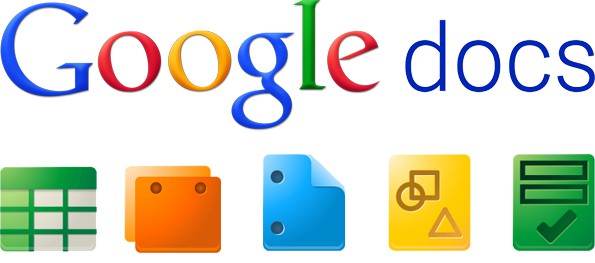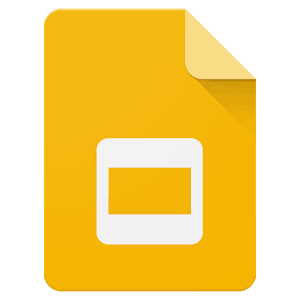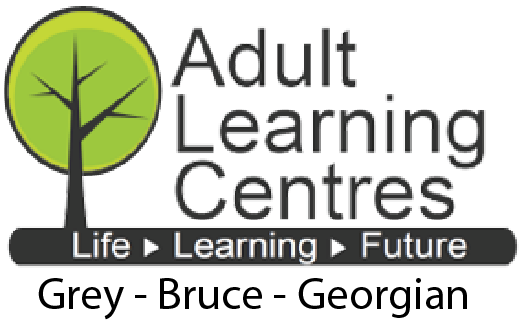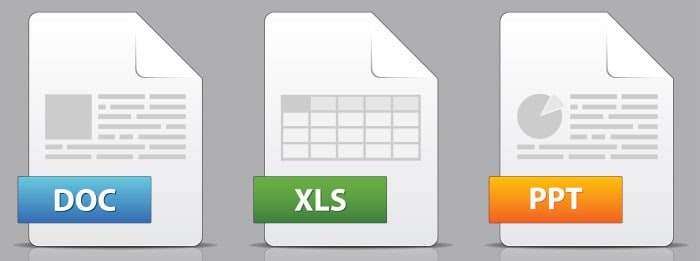Most daily users on a computer will have to type a document whether it’s a letter, a form or a report. If you are on a school or work computer, chances are you will be using Microsoft Office products like Word, Excel or PowerPoint.
But what if you want to create or edit that document on a computer that doesn’t have Microsoft Office? It is quite expensive to buy and install on your own laptop or home computer.
Here are two alternative programs that you can use to edit and create text documents, spreadsheets and presentations – Google Docs and Open Office.
Google Docs

Yes, as the name implies, this option is part of the Google products that you now have access to once you created a Gmail account. The wonderful part of this feature is that you can continue to edit a document you created from one computer to any computer with internet access. There is nothing to download and you can access it from anywhere. The only downside is that you have to have an active internet signal in order to use it.
- Sign into Google Docs with your new email and password. https://docs.google.com/document/u/0/
If you are already signed into Google, click on the square icon that is made of little squares in the top right corner of the webpage. Scroll down through the apps until you find “DOCS” and click on it.
- Start a new document by clicking on the big red ‘+’ which is the ‘create new document’ button.
- You can find the documents you have created and saved from before by using the file picker to browse any folder that you’ve set up in Google Drive.
- You can also search for any documents you’ve created in the top search box.
Google Sheets
- If you want to create or edit a spreadsheet, like Excel, you will start by clicking on the three line icon in the top left in Google Docs.
- Scroll down and click on Sheets to open up the program.
- Start making a new file by clicking on the big red ‘+’ which is the ‘create new spreadsheet’ button.
 Google Slides
Google Slides
- If you want to create or edit a presentation, like PowerPoint, you will start by clicking on the three line icon in the top left in Google Docs.
- Scroll down and click on Slides to open up the program.
- Start making a new file by clicking on the big red ‘+’ which is the ‘create new presentation’ button.
Open Office
 OpenOffice is an office software suite for word processing, spreadsheets, presentations, graphics and databases. It is available in many languages and works on all common computers. Open Office is a fully functioning software program that you will need to download and install. It is a very large program and you will need to have an internet connection to download it. You will also need to have administrative rights on the computer you want to install it on.
OpenOffice is an office software suite for word processing, spreadsheets, presentations, graphics and databases. It is available in many languages and works on all common computers. Open Office is a fully functioning software program that you will need to download and install. It is a very large program and you will need to have an internet connection to download it. You will also need to have administrative rights on the computer you want to install it on.
Open Office is free to download and use. Once it’s installed, you do not need to be online all the time in order to use it.
Open Office Writer: Create a New Text Document
- If you are on the desktop, click > All Programs > OpenOffice.org 2.3 > OpenOffice.org Writer.
- If you are already in OpenOffice.org Writer, click File > New > Text Document.
- In either case, a text document appears on your screen. (The name of the text document appears at the top of the screen.
- The next line down that starts with the word “File” is called the Menu Bar. (Clicking on a word in the Menu Bar shows a list of things that you can choose to do in Writer. This list is called a Menu.)
- Type your thoughts, ideas, report, letter or any other thoughts you have in your head.
- To save and close your file:
- On the Menu Bar, click on the word File. (A menu opens that has a list of words.)
- Click on the words, Save As. (The “Save As” window appears.)
- Call your file something that is unique and that you will remember.
- Your file has been saved to your computer.
This video will help you get started with OpenOffice.org:
Activity 3: Email a Document
- Create a new document using Google Docs or Open Office.
- Write two or three sentences about why you will or will not use these programs.
- Save it as a .doc file (the same format as Microsoft Word).
- Email to learning@gmail.com.
Or, click here to return to the main menu for Twenty-First Century Learning.


